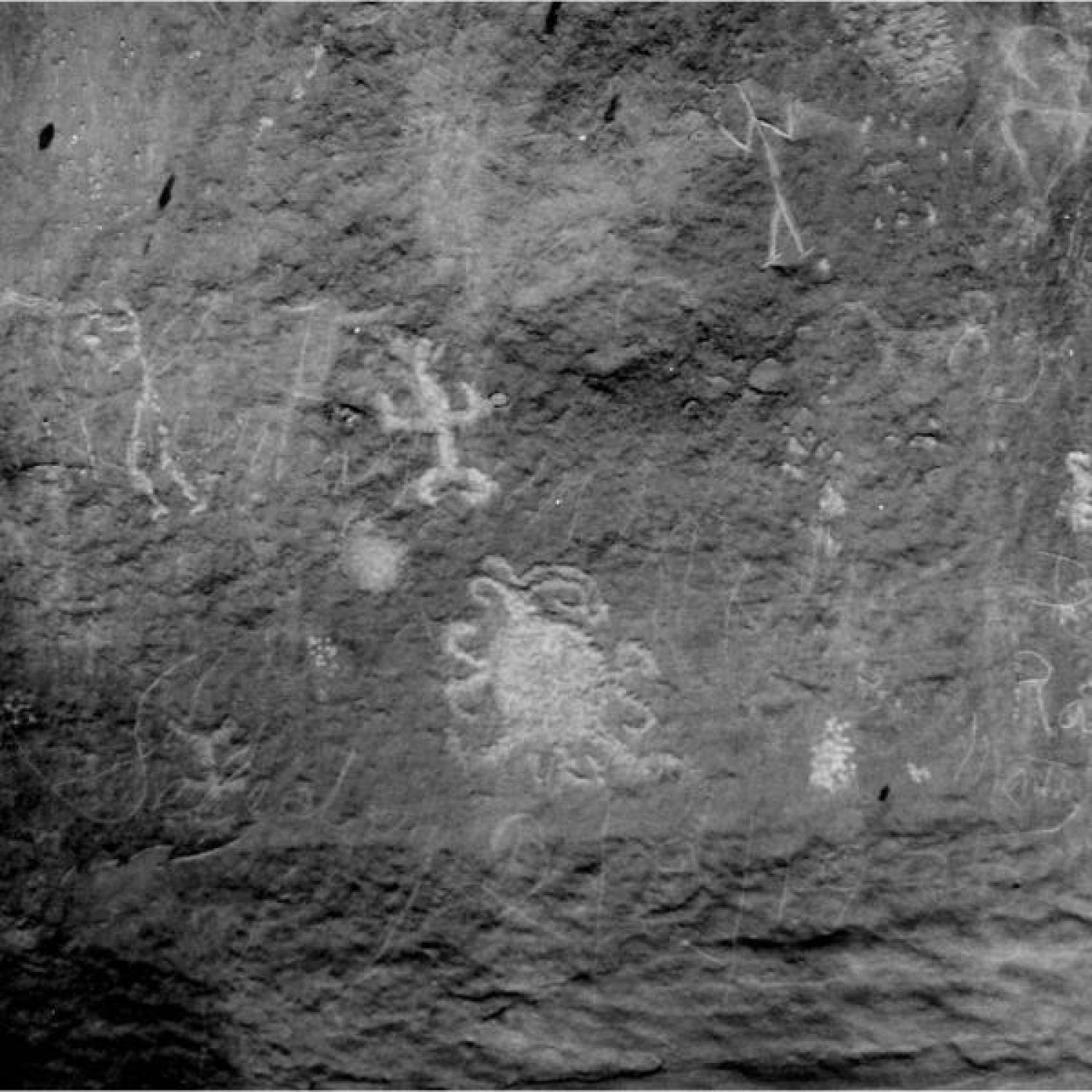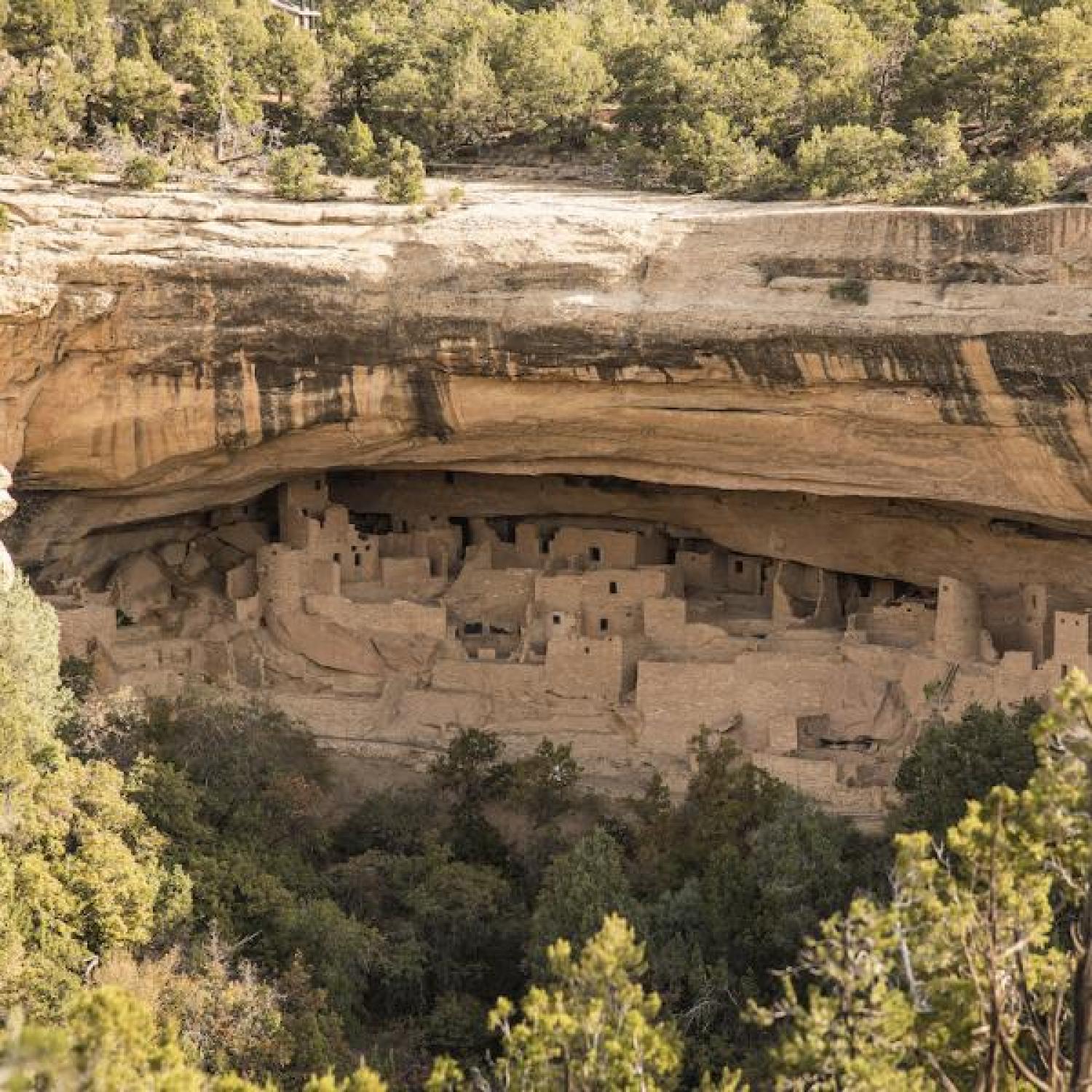Top research stories of the week: Aug. 10 edition
This week's top research news includes a petroglyph that may depict a total solar eclipse that occurred almost a thousand years ago; ancient DNA used to track the 13th-century Mesa Verde exodus; and the lengthening of the snow-free season on Alaska's North Slope.

Chaco Canyon petroglyph may represent ancient total eclipse
As the hullabaloo surrounding the Aug. 21 total eclipse of the sun swells by the day, a CU Boulder faculty member says a petroglyph in New Mexico’s Chaco Canyon may represent a total eclipse that occurred there a thousand years ago. A circular feature with curved tangles and structures, the rock carving illustration looks similar to depictions of the 1860 total solar eclipse.

Ancient DNA used to track abandonment of Mesa Verde in 13th century
Researchers have used ancient DNA to track the 13th-century mass exodus of ancestral Pueblo people from Colorado’s Mesa Verde region. The study, involving the mitochondrial DNA of domesticated turkeys, indicates many of these migrants wound up in northern New Mexico, stimulating the formation of the Tewa Pueblo people who now live in the area.

Alaska's North Slope snow-free season is lengthening
On the North Slope of Alaska, snow is melting earlier in the spring, and the snow-in date is happening later in the fall. According to CIRES and NOAA researchers, atmospheric dynamics and sea ice conditions are behind this lengthening of the snow-free season, and the consequences are far reaching—including birds laying eggs sooner and iced-over rivers flower earlier.


